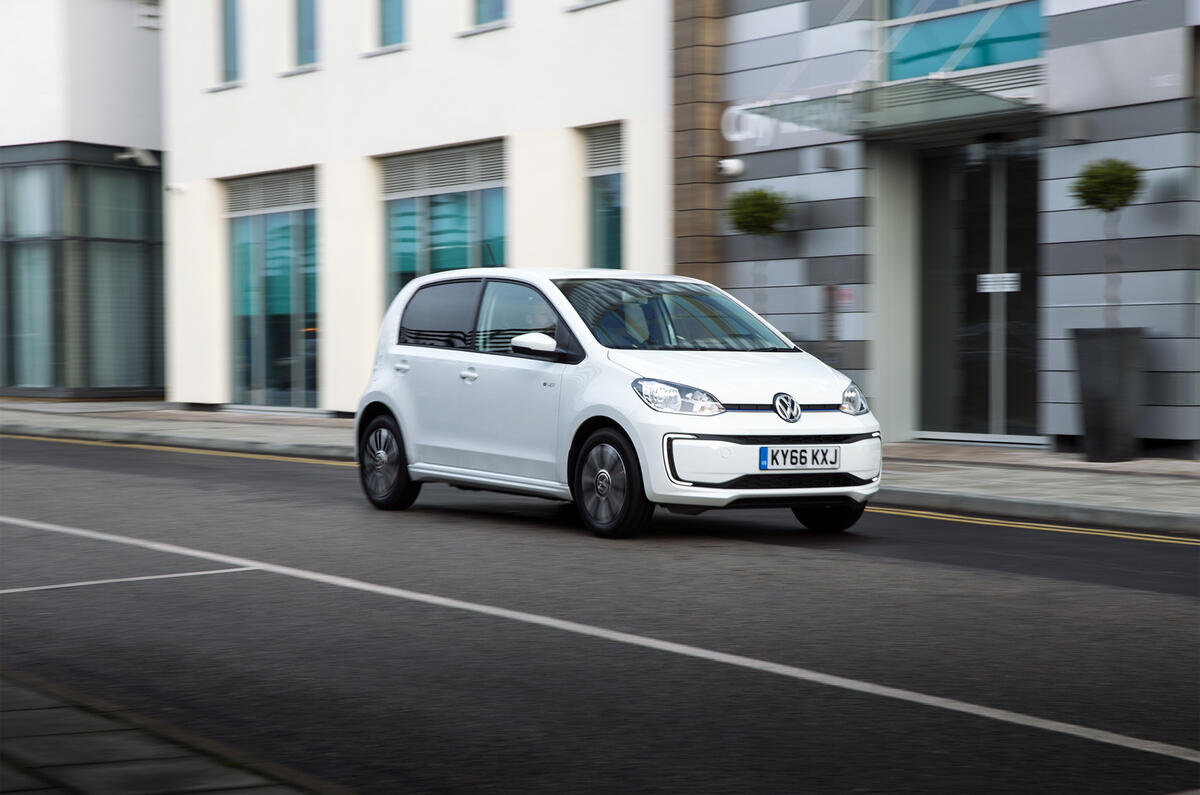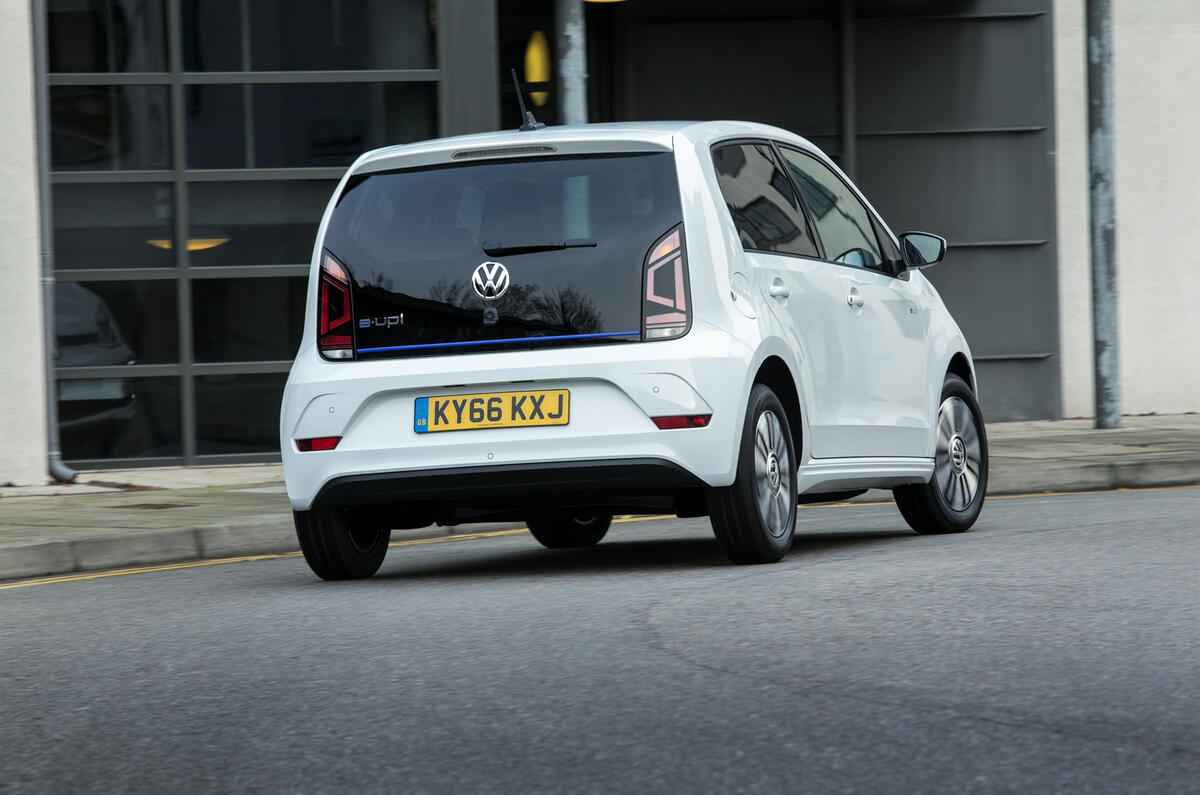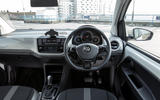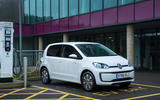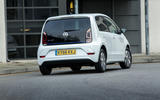With the pioneers from Nissan, Renault, Tesla and the like firmly established, now, it seems, is the time for the next wave of players to establish their credentials in the electric car market.
Hence, the Volkswagen e-Up you see here, the Ford Focus Electric, Mercedes-Benz B-Class Electric Drive and the Volkswagen e-Golf.
Critically, both VW and Ford have taken a different approach to their opposition, preferring to base their vehicles on existing cars. The benefits, they argue, come with the ability to drive costs down through shared parts, and to have the flexibility to build as many or few cars as they choose, as they run on the same production lines.
VW isn’t used to following trends, of course, but its electric car strategy has long been one of biding its time, the reasoning being that there is no economic case for rushing in, as customer demand has been too small. Now sales are growing in tune with political pressure and a need to establish a pioneering reputation in the field. The e-Up spawned not only the e-Golf, but also the GTE Passat and GTE Golf, the Audi e-tron A3 and Q7 too, as the petrol-electric hybrid segment of the group has balooned.
Drivetrain aside, the e-Up is almost entirely familiar. The 81bhp, 155lb ft electric motor sits up front, while the 18.7kWh lithium ion battery pack weighs 230kg and lies in the floor, so the centre of gravity is lower than in a combustion engined car. There are no interior space compromises, and the interior fittings are near identical to standard, save for the charging and eco-orientated instrumentation. At the 2016 Paris Motorshow, Volkswagen lifted the lid on its revised e-Up, which gained a revised front bumper and grille, and rear light clusters, however the battery pack and its range remain the same.












